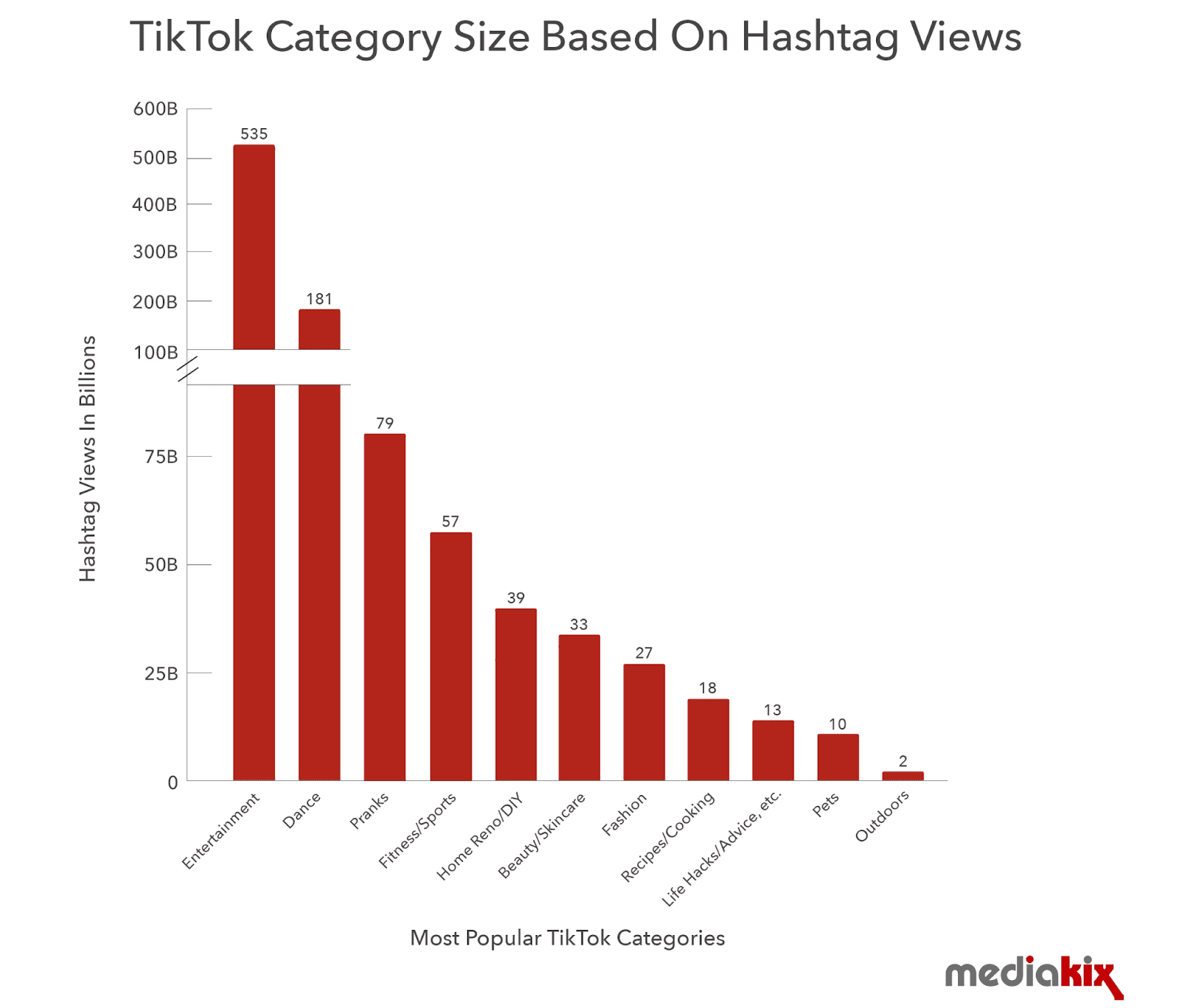Video has grown to be an essential part of any marketing strategy, especially in the last few years.
During lockdowns, we spent a lot more time with video. Disney, Amazon and Netflix gained tons of subscribers on their streaming services. We are spending a significant percentage of our waking hours on Youtube. TikTok has grown explosively, even breaking into older generations. According to one study, the average British adult watches well over 5 hours of video a day which is hard to even fathom (and barely makes sense).
Brands are already aware of this. A Wyzowl’s survey found that 85% of businesses used video in their marketing strategies – with 54% of consumers saying they want to see more video content.
With new video marketing trends and technology popping up all the time, it can be overwhelming to say the least. Video can take a lot more resources to produce than a social media post or a blog article.
That’s why we’re covering 5 of the top video marketing trends for 2022 and how you can implement them for your own business.
Live Video
It seems as if every platform has or is launching live video, from Twitter to TikTok to Facebook and even Linkedin. According to Facebook’s own data, people are 3x more likely to watch live over pre-recorded video.
This can be good news for marketers given that live video cuts down on post-production time. It means you’re cutting back on video editing costs (assuming of course you take live content and repurpose it). While you might need to set up a (studio) space for the live video or get a sound and lighting technician, overall it’s much simpler.
Almost every social media site allows you to stream live content to your followers. As more platforms are pushing these new features, it also means you’re more likely to get in front of new viewers and grow your community. Like the time Rihanna took over a Sephora store to do a live product launch for her beauty company. Or how Simply Nailogical helps sell out Holo Taco’s inventory with millions of subscribers across her multiple channels. And then there is all of Twitch and eSports, which allow creators to present to live audiences in the millions – without cable network channel budgets and teams.
Whether a product launch or a workshop, an interview or contest, charity fundraiser or webinar, live streaming can be a very simple solution to creating inexpensive and sticky content.
One other interesting trend, which is especially relevant in the direct-to-consumer space is video shopping or live streaming eCommerce. Amazon, Youtube, and plenty of other platforms are using live video, working with influencers to sell products directly to their customers. The videos highlight the product features and provide links to make it easy to buy while watching. To give you an idea of where this is going, in China, live-streamed shopping is already a $300 billion dollar industry.
Real-time shopping can be a great way to add new distribution channels and revenue streams to your mix. Some stats show that these videos can even boost conversions by 80%, which explains why we’re seeing more and more of it.
Short-Form Videos
While it’s possibly a myth that our attention spans are getting shorter, there’s clearly still a huge demand for short videos. We love our short-form videos. While Vine got the party started, Tiktok is set to reach over 1.2 billion active users this year.
Other social media platforms are following suit with more options for short content. Instagram launched Reels and Youtube released their own version with their Youtube Shorts. Typically, these are only 60 seconds. But there’s still a lot that can be packed into a short amount of time.
So what works? The top-performing content by hashtag on Tiktok includes the very broad “entertainment” but also dance, pranks, fitness, DIY, and so many other angles that feed creativity. Somewhere in this data might be a shred of inspiration that will make it easier for you to come up with a strategy and ways to make your brand relevant to your audience.
User-Generated Content
Tired of making your own videos? You aren’t alone. It can take hours of editing to produce a 5-minute long video.
Well, why not outsource some of the work to your community? Developing a strategy for User-Generated Content (UGC), content created by your users and followers, can be more than just a shortcut to great video content. It can come in the form of a review, testimonial, creative uses of the product, or anything else.
User-generated videos are viewed 10x as often as official brands videos. And for Millenials, 84 percent have said that UGC has an influence on the products they buy. Unlike branded content, UGC has a more authentic element that’s hard for companies to mimic.
Of course, this leads to the question—How do you get people to make videos about your company? It starts with an ask.
We’ve all received those emails after buying a product where they ask you to review it. They do it because it works. In one survey, 70% of consumers said they are willing to leave a review when they’re asked. The worst that can happen is they ignore you.
Video Across the Funnel
This is especially relevant in the B2B space, but tailoring video to the different stages of the buying process can have a major impact on conversions.
Referred to as AIDA (Awareness, Interest, Desire, and Action), the goal is to have video content that is targeted to the specific needs of the end user.
While businesses tend to be constantly optimizing their sales funnel, applying a video strategy can be a powerful way to acquire and nurture new customers.
For example, a quick awareness video can let users know your solution or product exists (awareness), short video snippets highlighting key features get people interested, a UGC video testimonial adds social proof (creating desire) and then finally, a personalized video goes out to your qualified leads to get them to act (action).
Product marketers need to be highly aware of the different types of product marketing videos. Whether you are doing product introductions or new feature announcements, customer stories or how-tos, video needs to be an essential part of the B2B or any customer-acquisition funnel.
Personalized Video
Today, businesses are seeing how video can be a powerful differentiator. Personalized video, instead of email or phone calls, is a trend brands are capitalizing on. And we know consumers want it. In fact, 71% of consumers said they prefer personalized messaging over the more general ones.
How video is being used in the sales process has been rapidly evolving, with sales teams needing to adapt channels to a new reality. For example, remote and hybrid working has meant there’s less of the “I’ll just swing by your office”. There are also fewer offline networking opportunities. On top of that, there’s been a consolidation of tools sellers can use – with an ever greater reliance on all the traditional channels. By traditional, we are talking about email, whitepapers, phone calls, and appointment-setting.
To break through the noise, salespeople can increasingly use video to create a bit of differentiation and a stronger connection with an audience.
There are 2 interesting ways to do this:
- More and more salespeople are publishing regular (non-personalized) video content, especially on Linkedin, and getting huge engagement.
- Creating personalized videos throughout the sales journey. Tools like Vidyard report to get a 49% higher open rate than your regular email.
Personalization is clearly a winning strategy, and when combined with video, it is all the more powerful.
What Video Editing Tools to Use
Now, this isn’t quite a trend, but we expect there will be a huge market opening for online video editing tools as more brands want to increase their video output. Here are some easy-to-use video software options we recommend, all requiring no advanced editing skills:
- Canva and Lumen 5: Easy to build and manage quick social video.
- InShot: The best video editor for your phone.
- Camtasia: Great for desktop recording.
- Loom: Perfect for recording personalized video.
- Reviewstudio: That’s us! When it comes time for the review and approval part of the video production, we have a great tool to keep your feedback organized and efficient.
Video Marketing Trends that Work
Video marketing doesn’t have to be hard, and with more and more tools out there, it’s only getting easier for companies to capitalize on these trends.
Video tends to require a lot of work upfront, whether the setup with an agency or learning the basics of editing, getting the right gear and lighting or getting comfortable behind the camera. It gets much easier with practice. Use some of our tips above to get ahead of the curve and create great video content that actually gets shared and seen.







